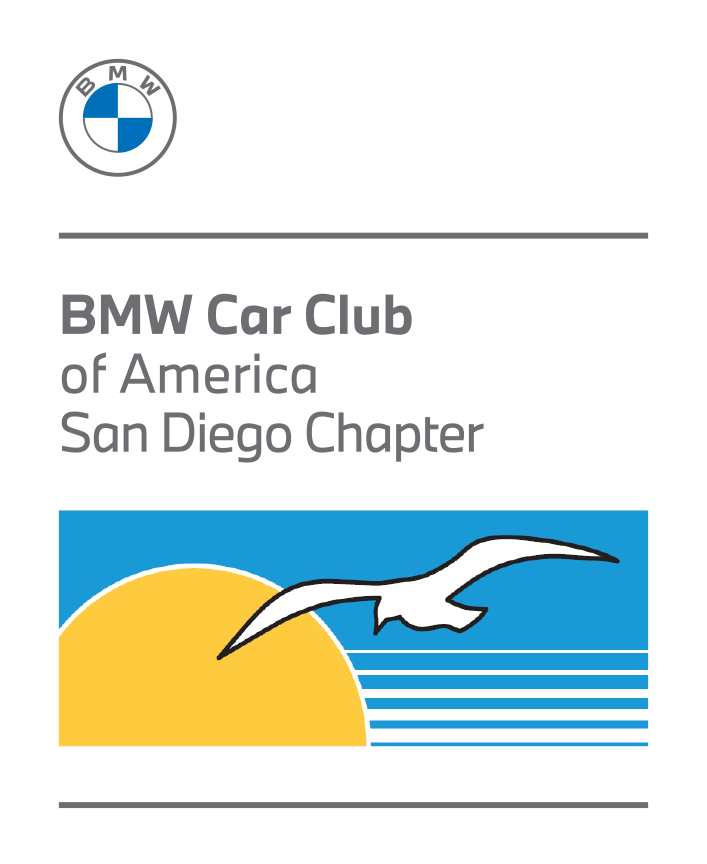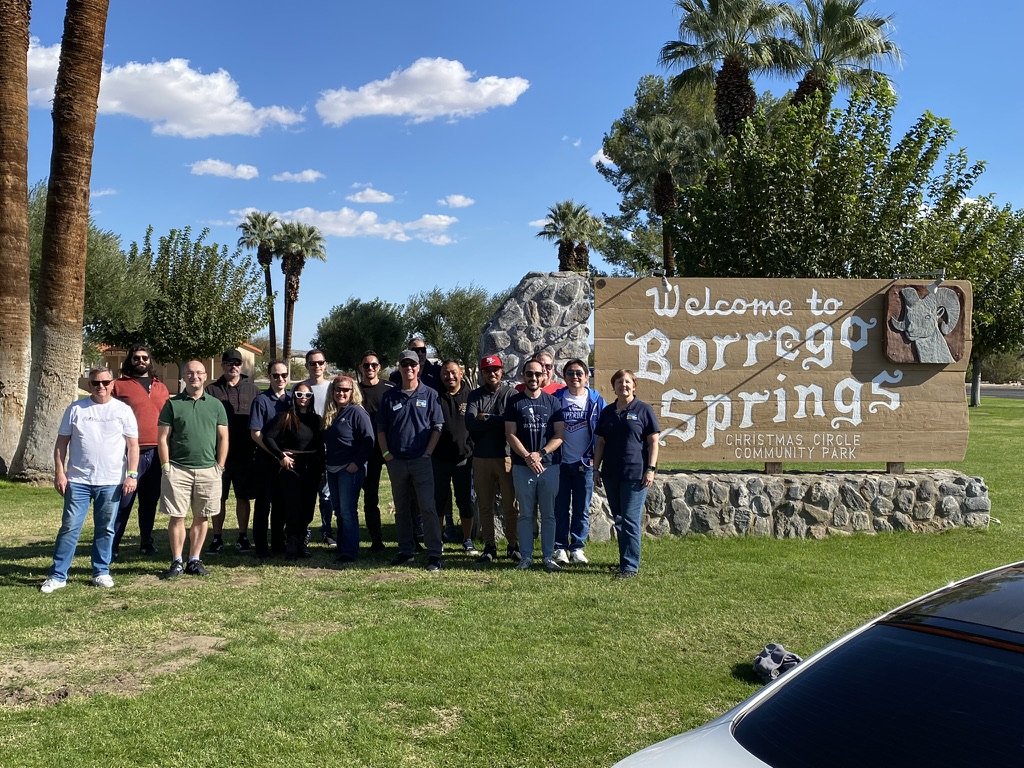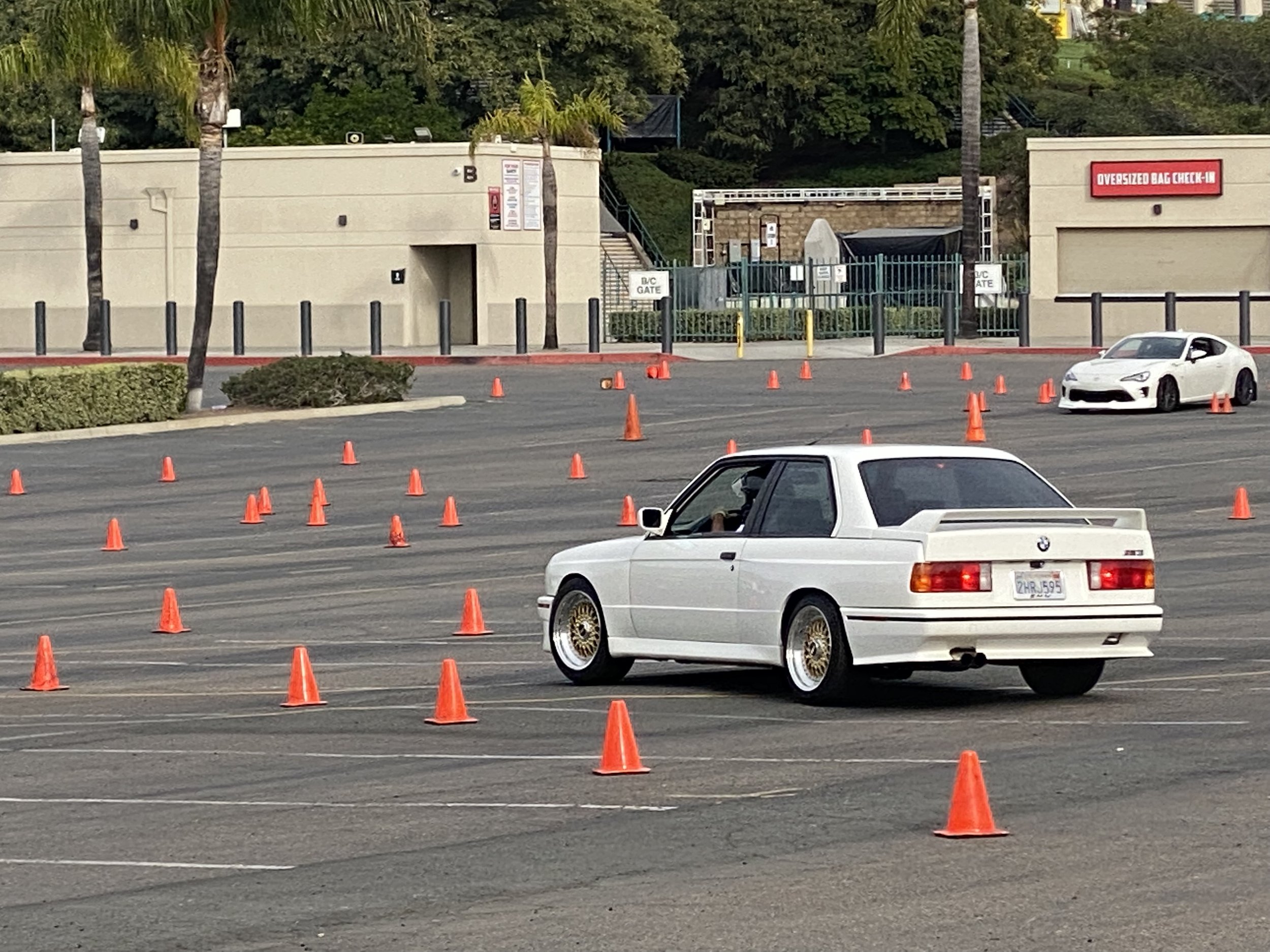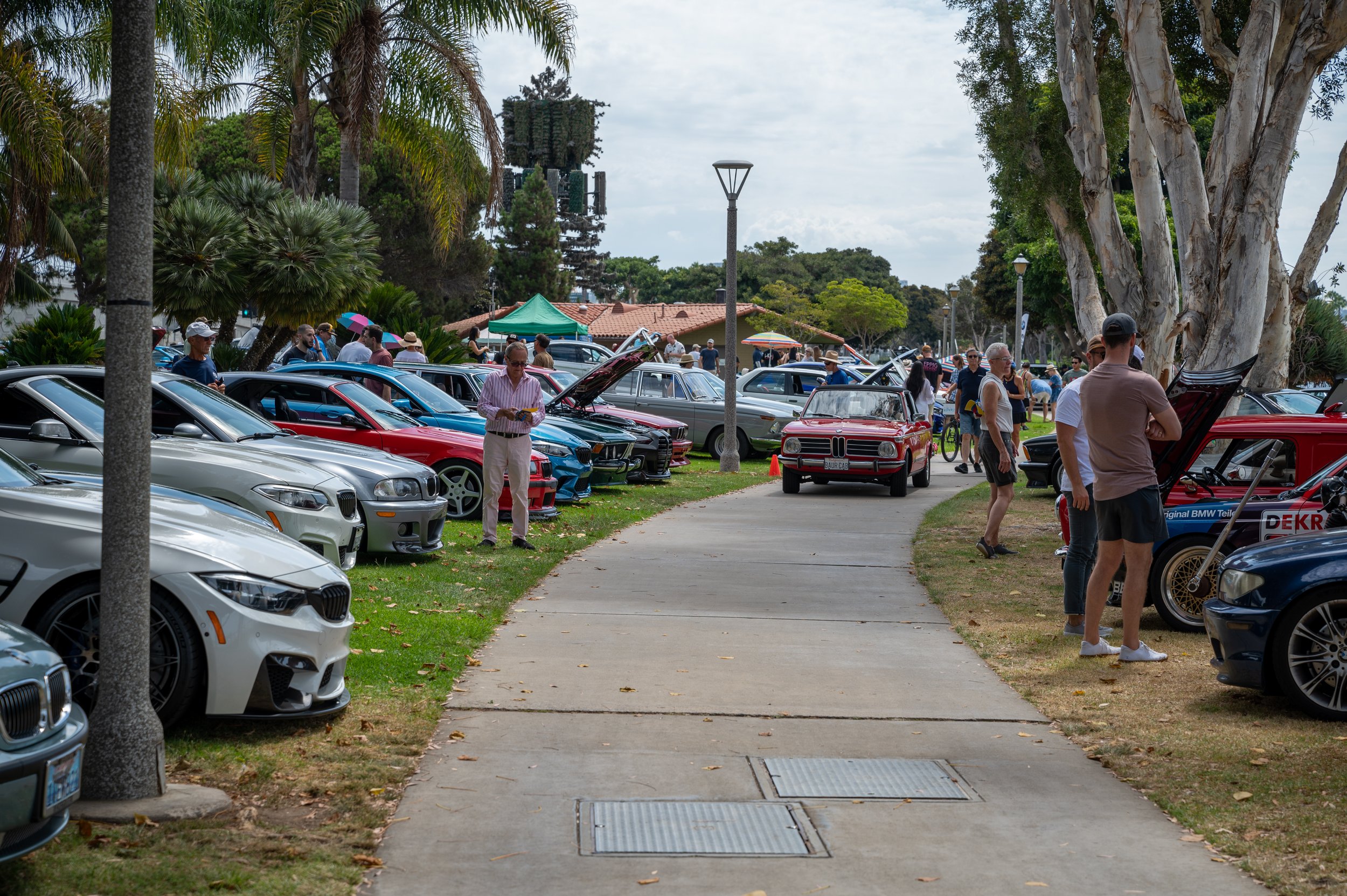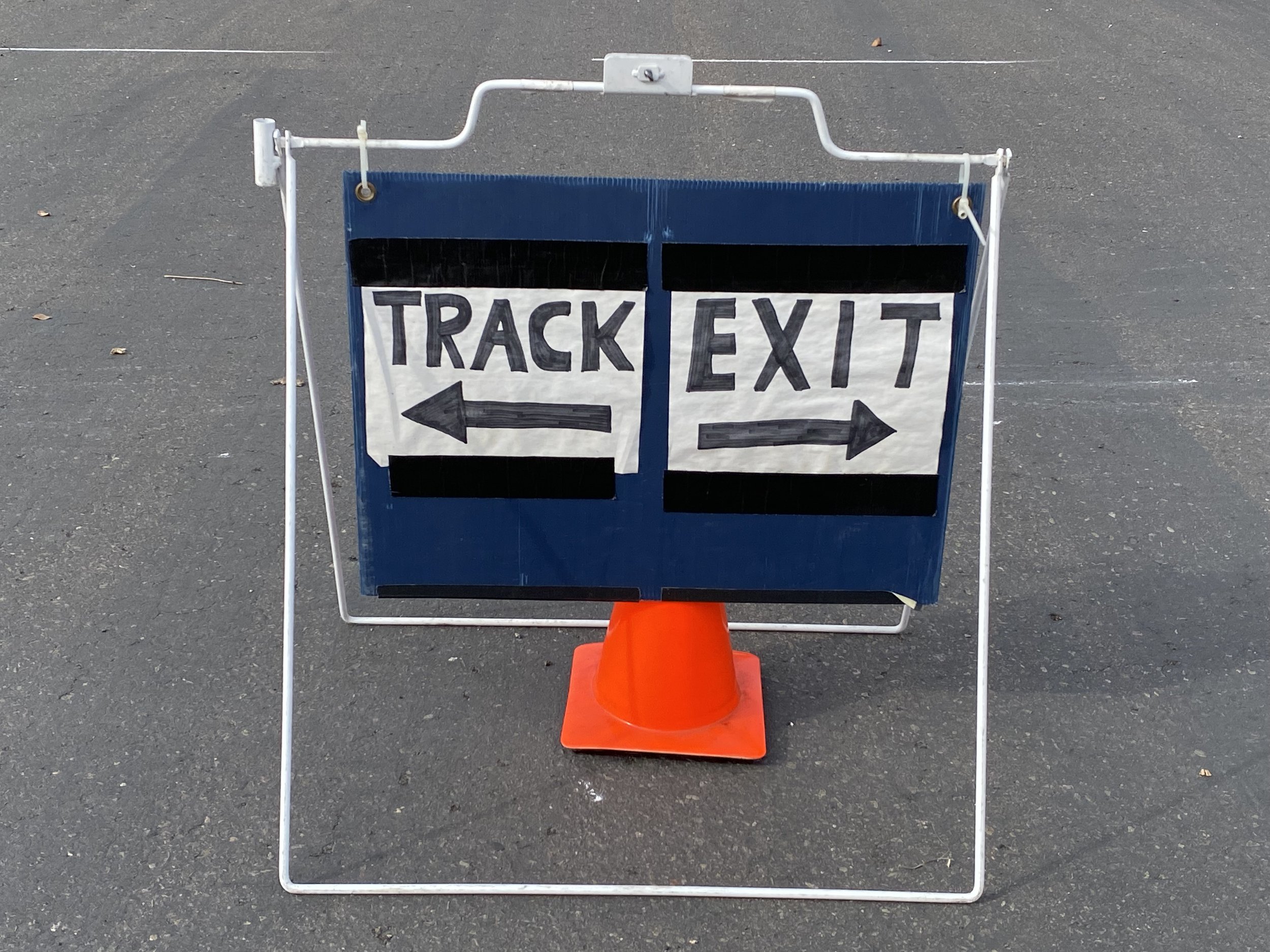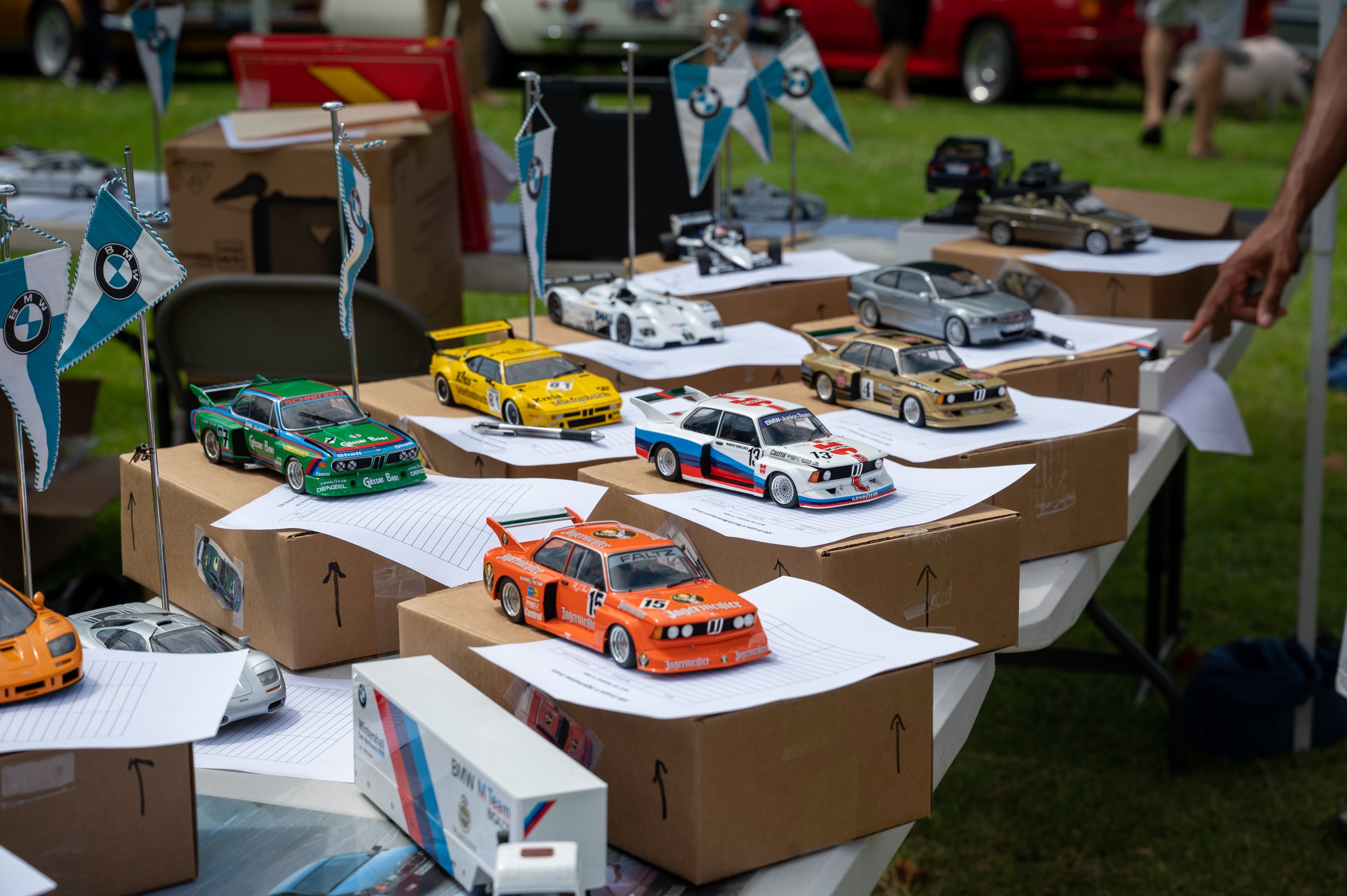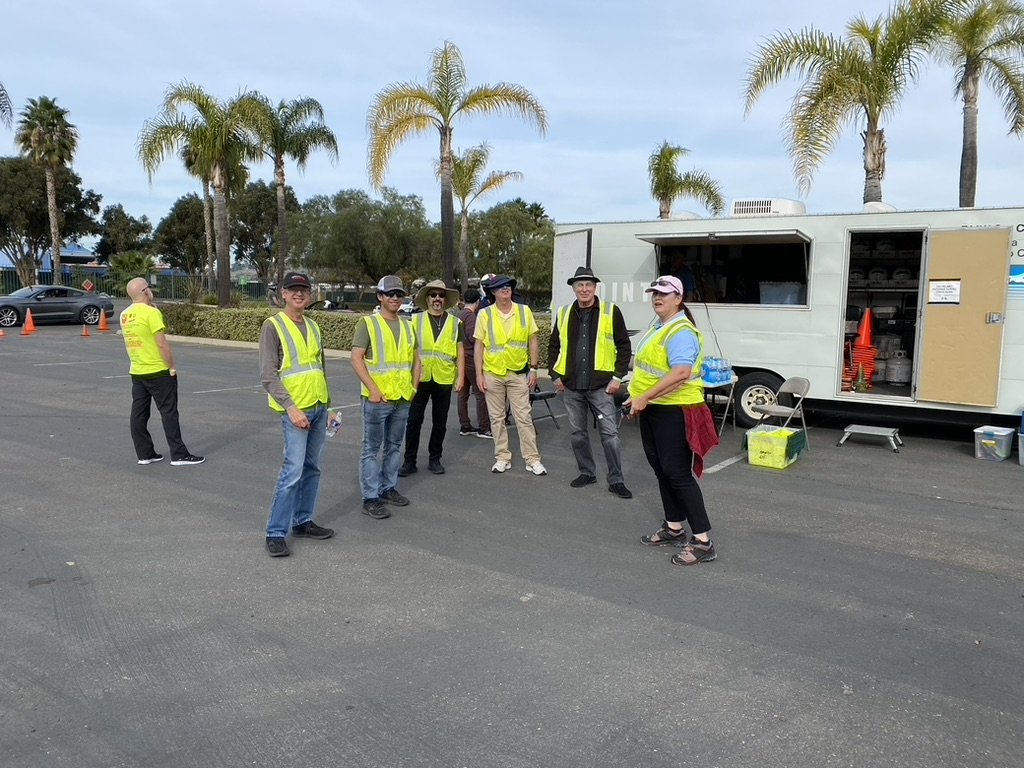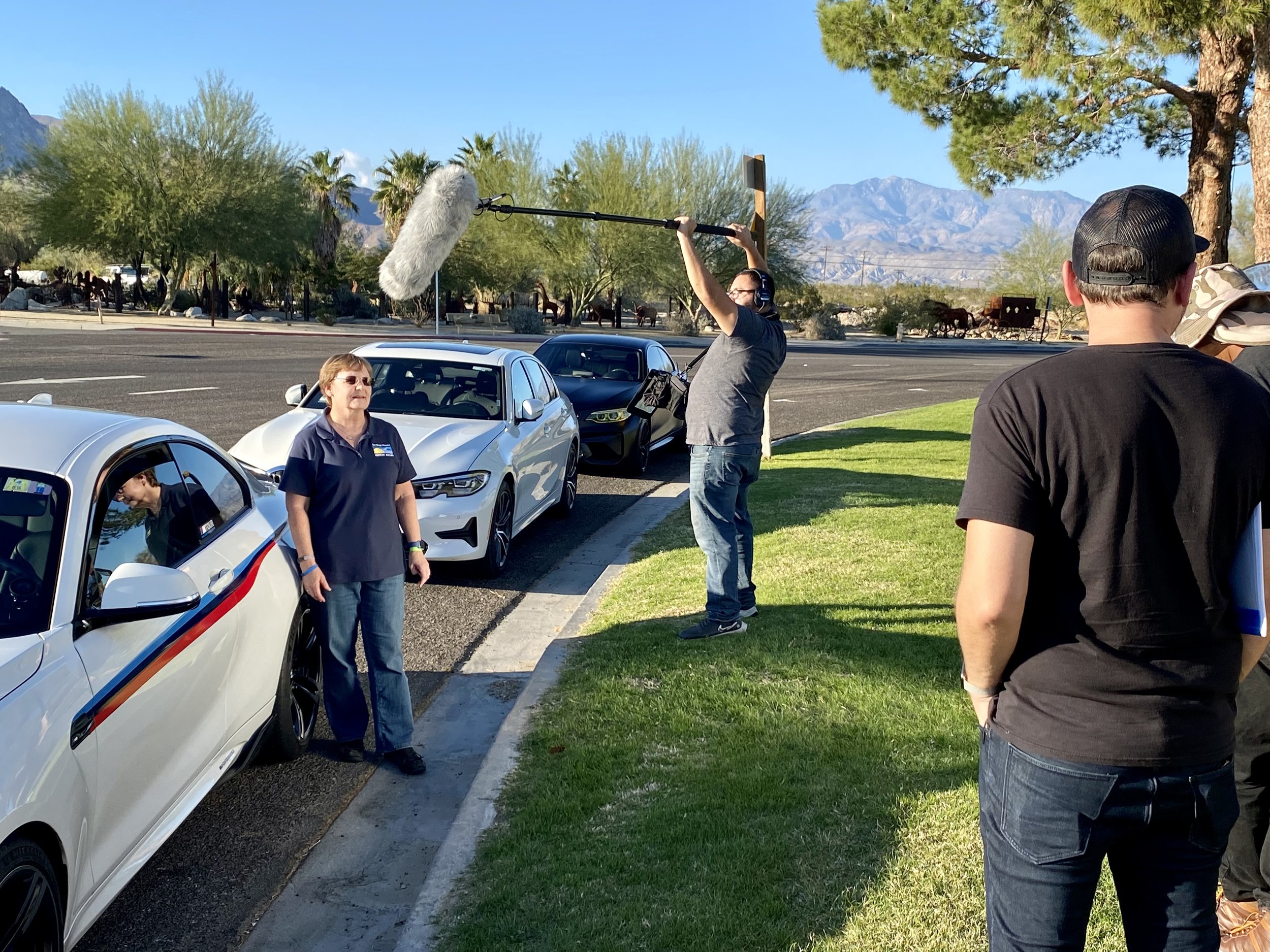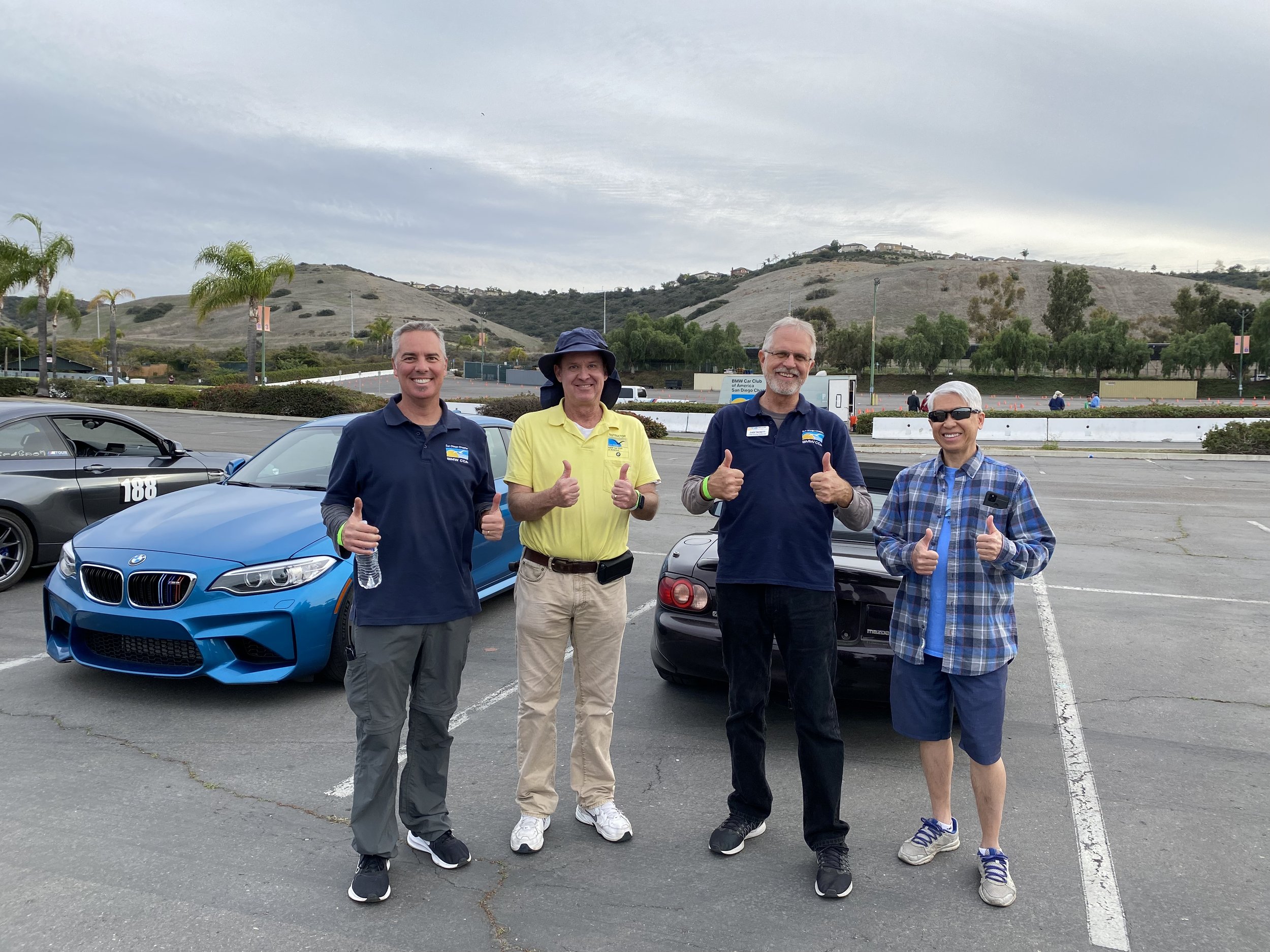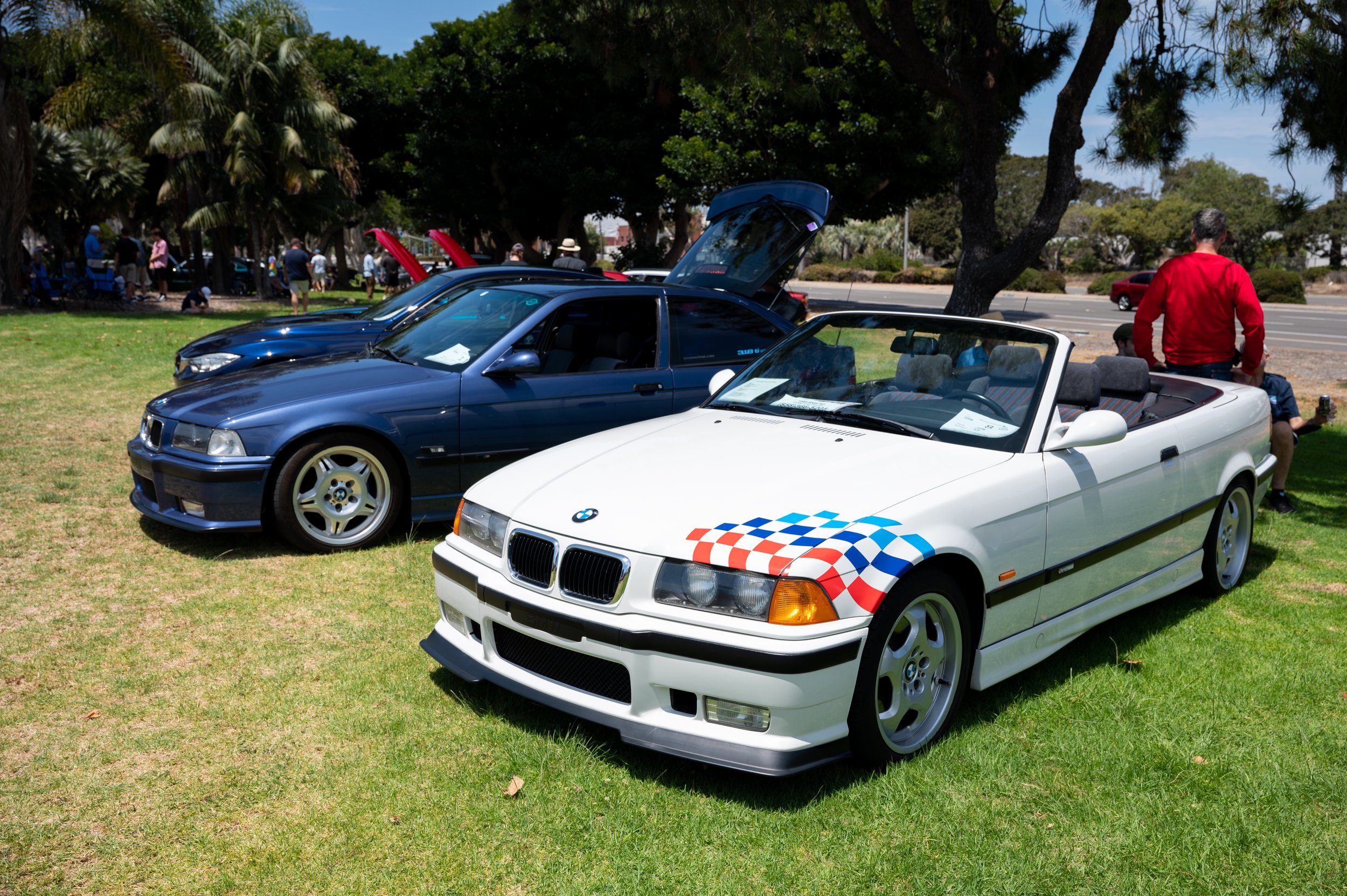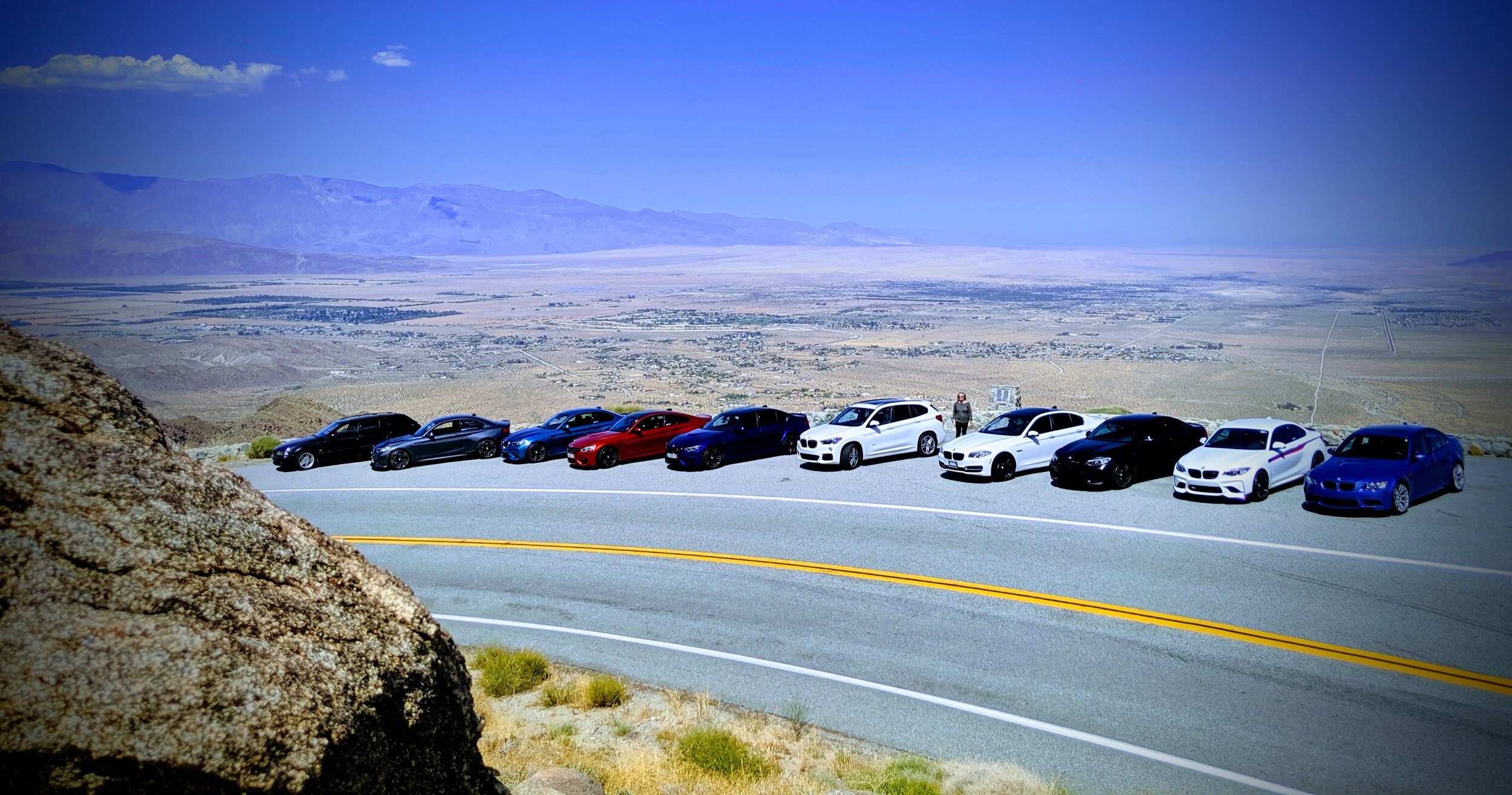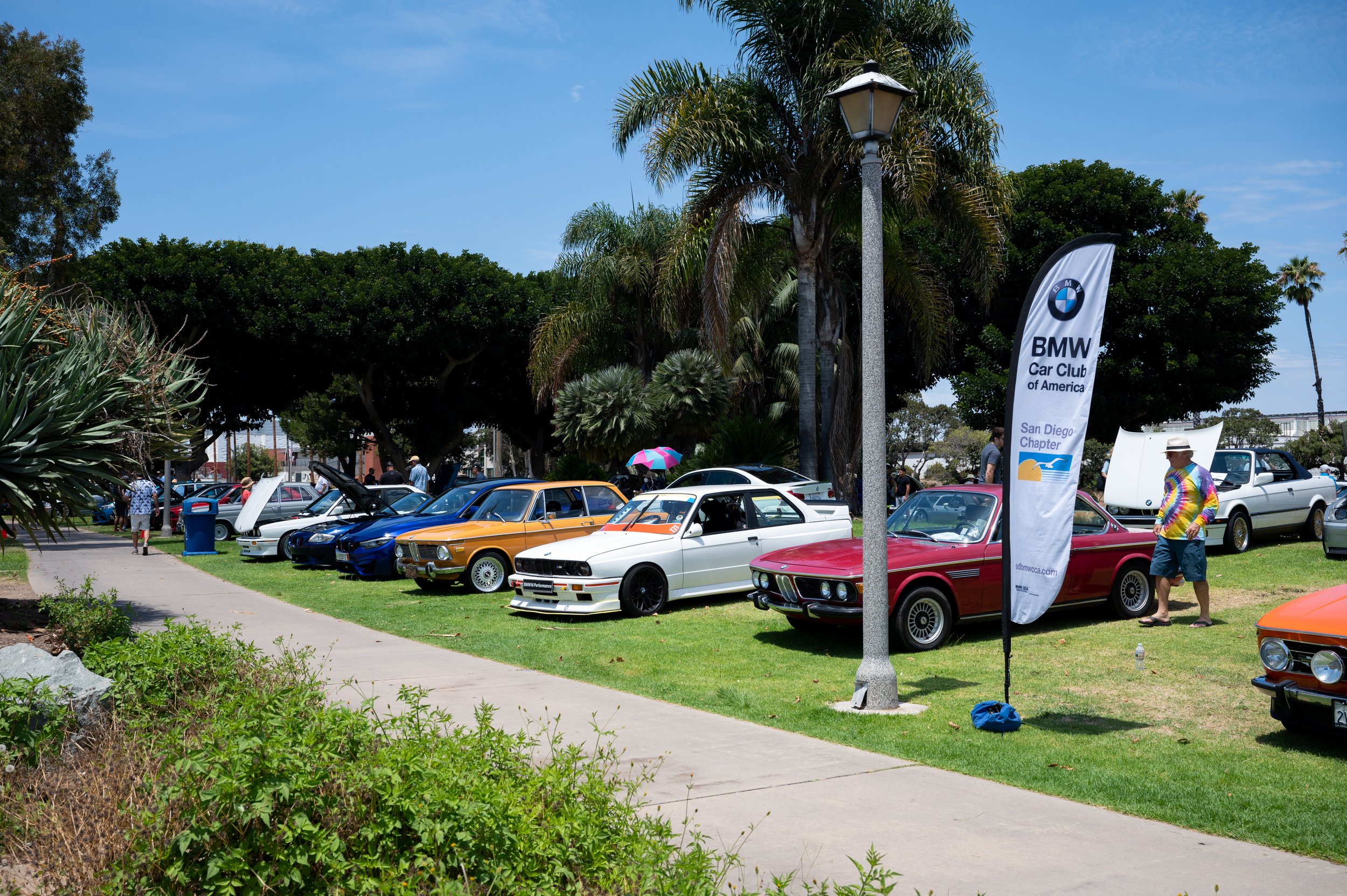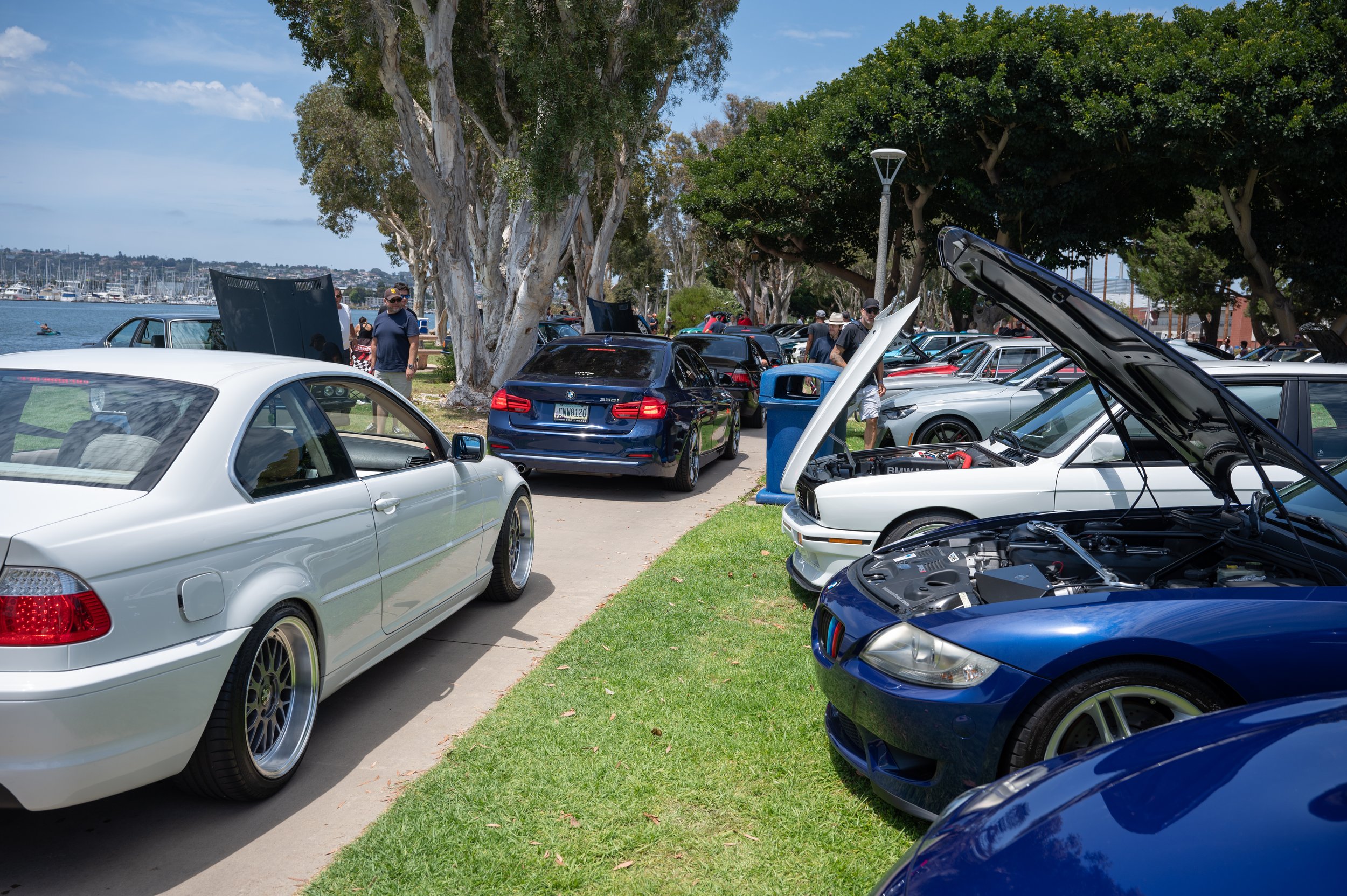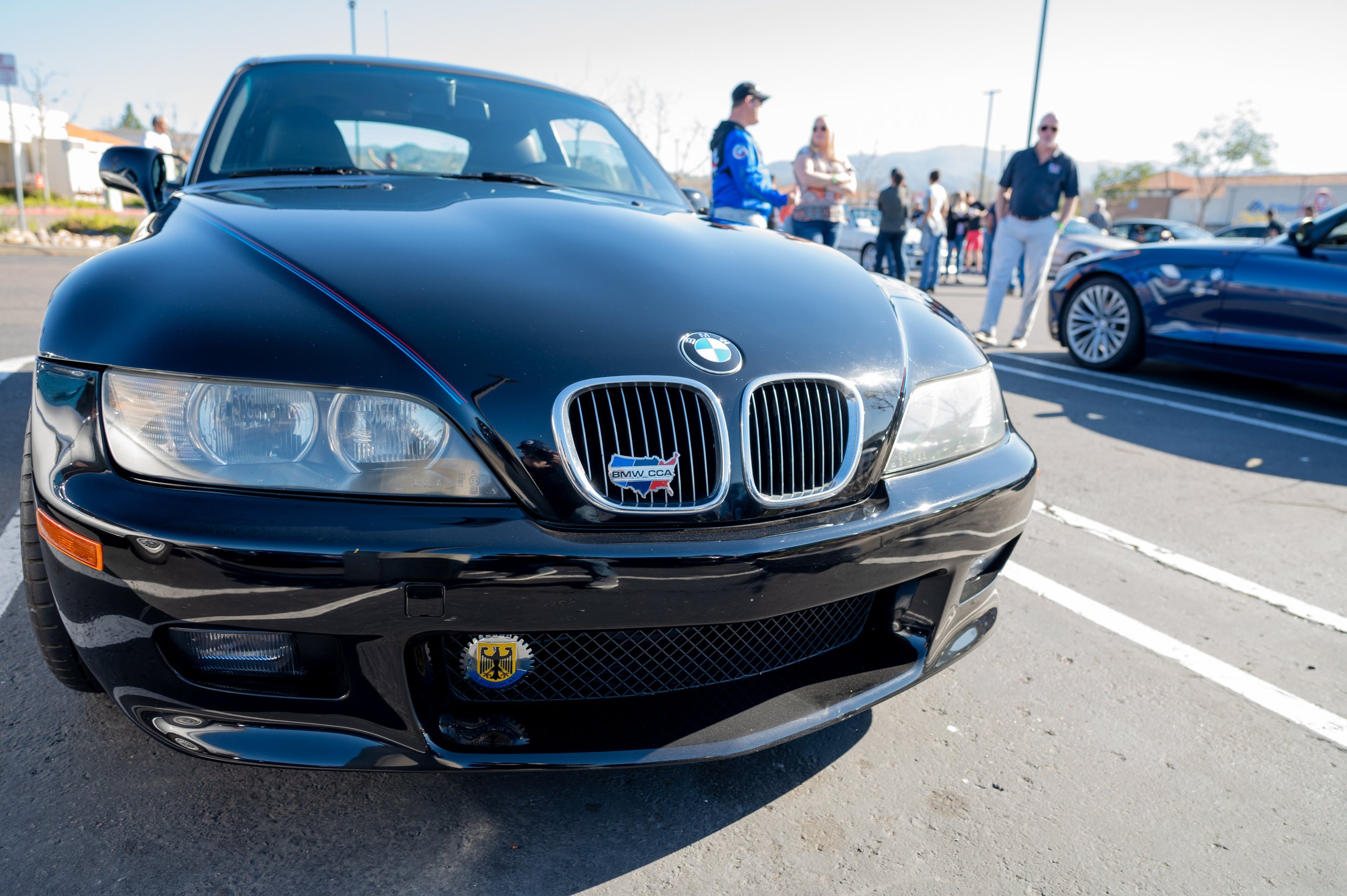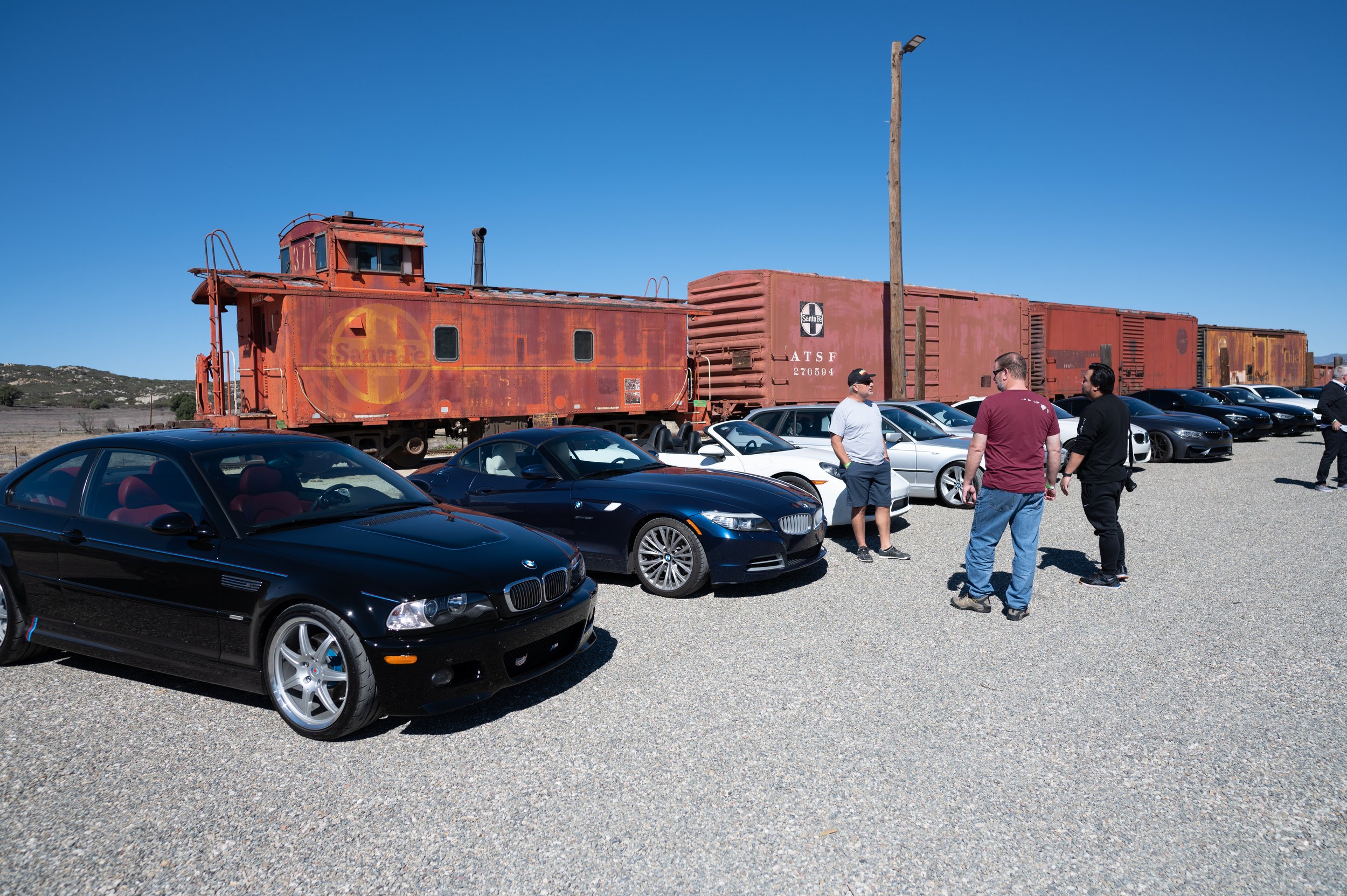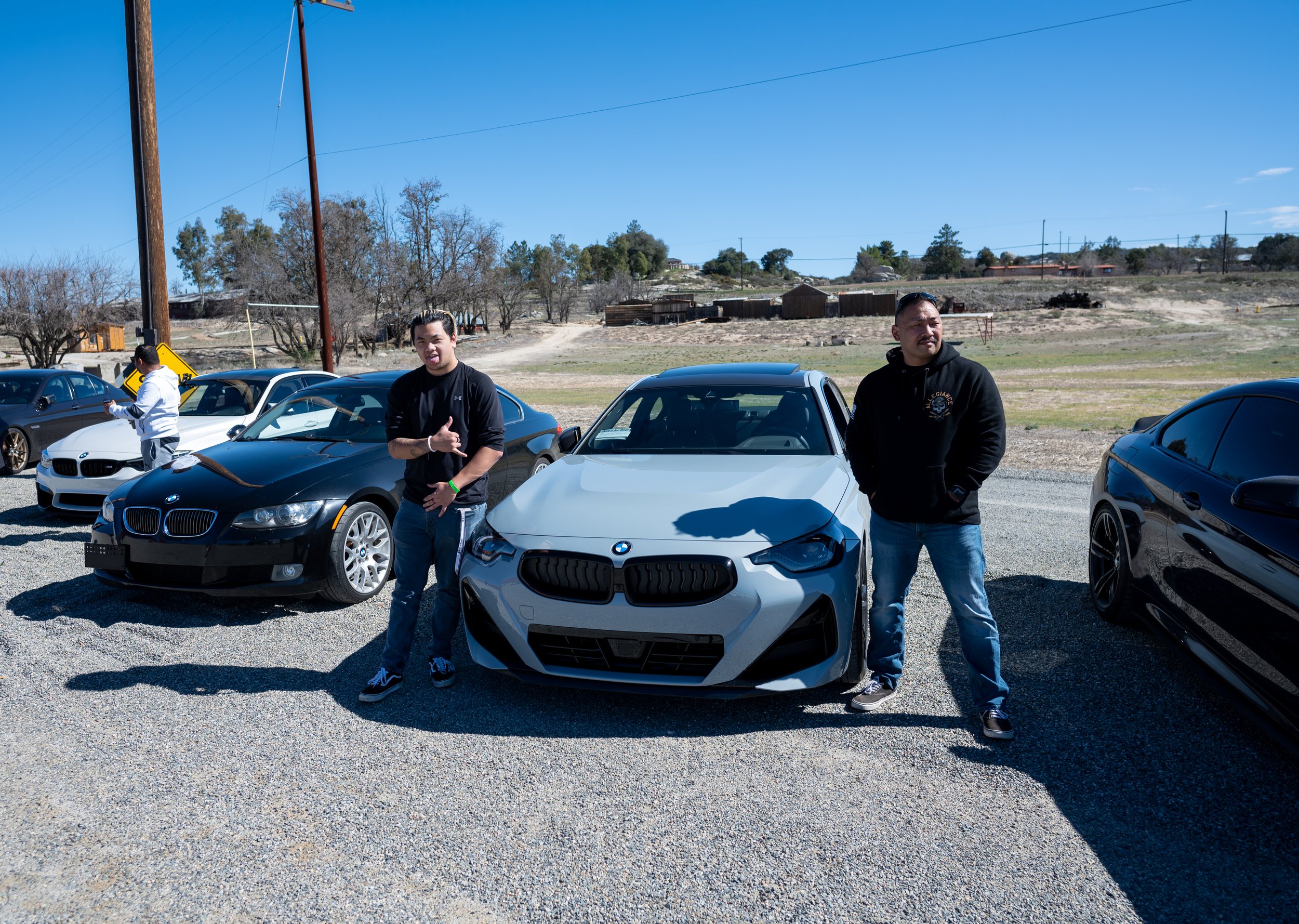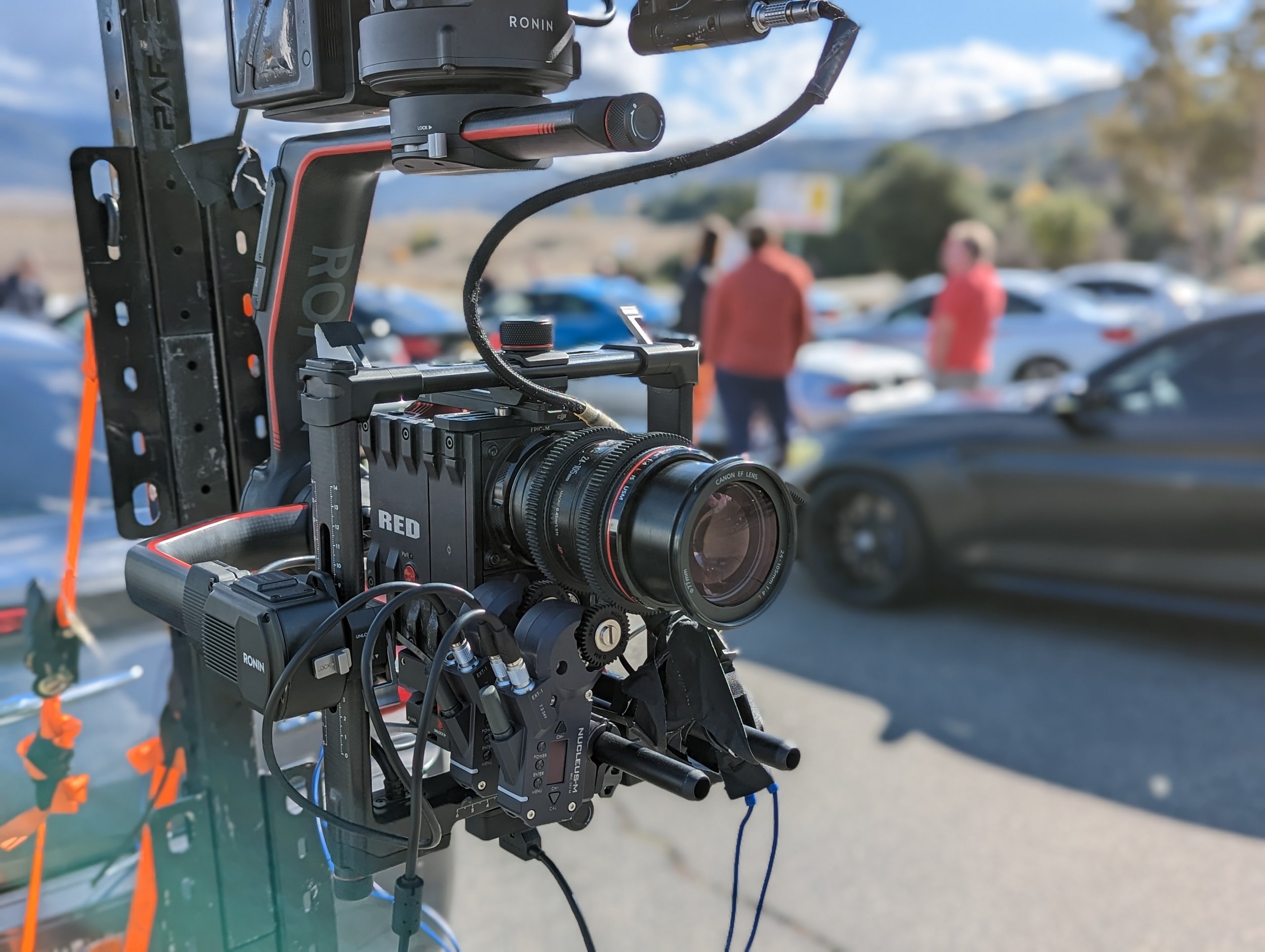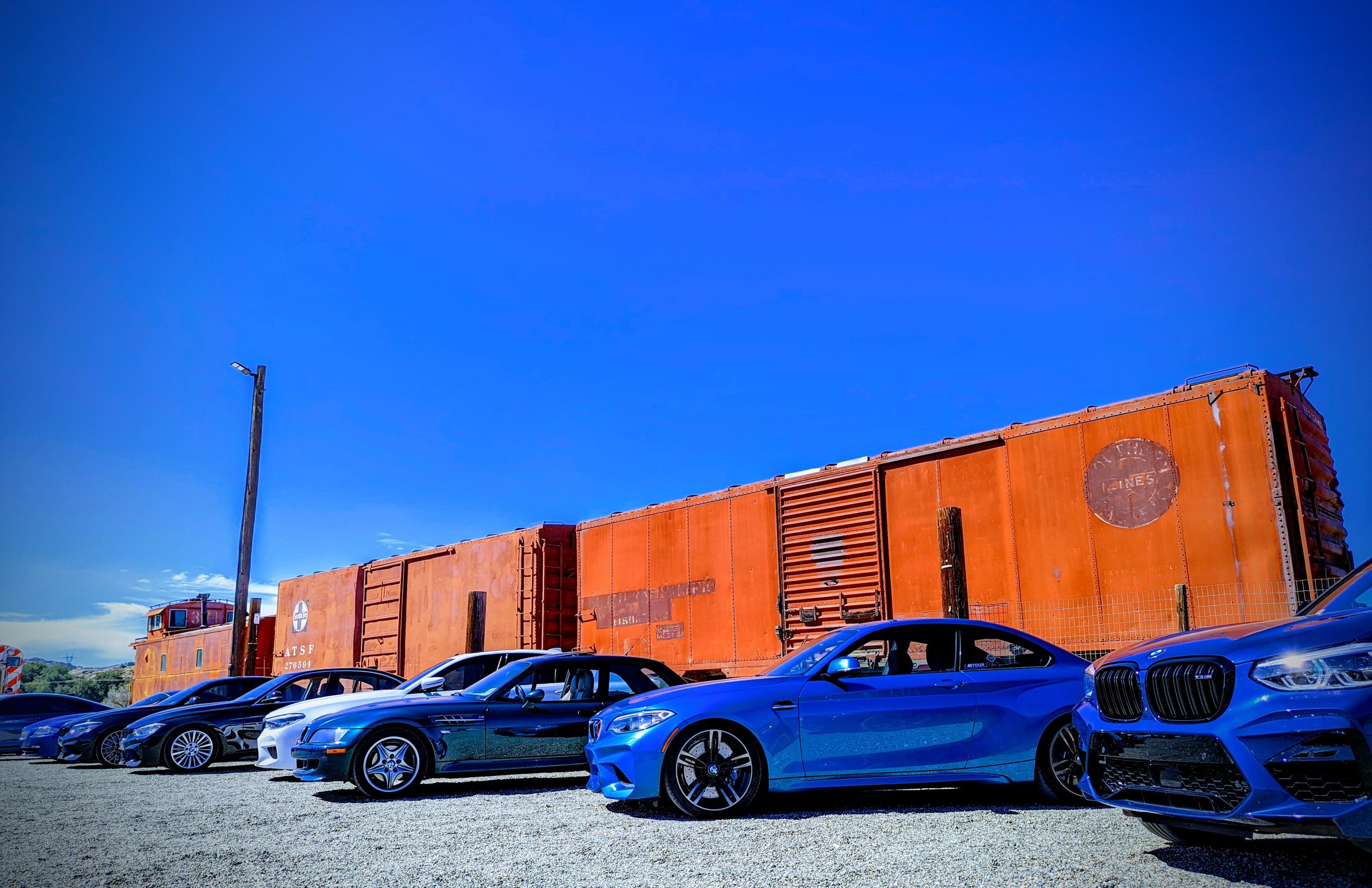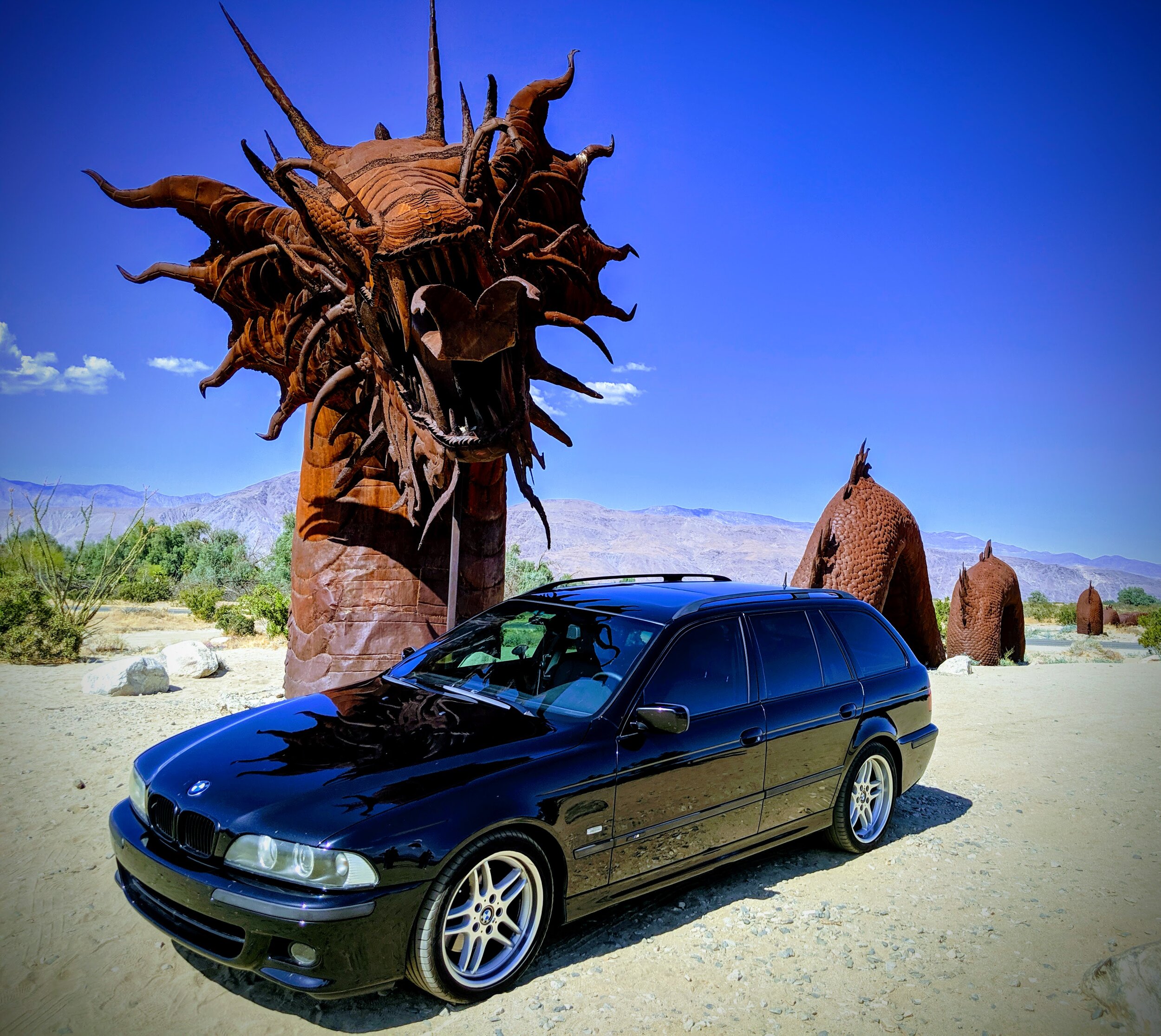30 Years of HPDE
/Thirty Years of Going in Circles
By Dan Tackett
1989. The Soviets were still in one Union, there were still two Germanys, and the E30 M3 was still a new car. The fastest sedan sold in the US was a BMW M5, with an exotic race-bred twin cam engine that produced 256 horsepower. And back then Bluetooth sounded like the nickname of some pirate.
Our San Diego Chapter was a mere fraction of its current size, but we had big ambitions. A few of us had explored the capability of our BMWs and ourselves in well-structured driving schools hosted by the much larger neighbors in the BMW ACA Los Angeles Region and the BMW CCA Golden Gate Chapter. We marveled at the organizing that it took to rent a “real” racetrack and coordinate a safe learning experience with instructors, classroom time, staying on schedule, and hosting a social dinner event. Could our Chapter do that someday?
Enter Jay Jones, a motoring journalist who would guide our Chapter as President in 1992-93 from his home in Orange County. While a Board member in 1989, Jay had the vision to create a High Performance Driver Education event (HPDE), but we needed a venue. The closest racetracks, Willow Springs and the former Riverside Raceway, were already being used for schools hosted by LA. The only option nearby was a dusty World War II-era airport near El Centro, morphed back then into an active SCCA circuit called Shangri-La. There was a short, semi-permanent layout on inactive runways and taxiways with a rough concrete surface that tortured tires.
As our Chapter’s first foray into high performance driving beyond a parking lot, Jay developed a multi-tiered event that included a car control clinic (with several specific driving exercises on Saturday and driving on the course on Sunday), an advanced driving school (with Instructors on the 2.1 mile, 7-turn layout), and an optional Time Trial on Sunday afternoon. The December 1989 event had an entry fee of just $75. Jay recruited several sponsors to provide financial support and raffle prizes, and our dealership sponsor, Cunningham BMW in El Cajon, provided some race-experienced instructors and brought a then-new M5 and M6. More Instructors volunteered from the LA BMW Club and SCCA, and a resort venue was secured for a Saturday night banquet.
As we arrived on Friday to set up the driving exercises with orange cones, we couldn’t help but notice a lumbering C-130 cargo plane repeatedly using the active runway. Jay ventured over to make sure our event didn’t conflict with their plans, only to discover that the British Royal Air Force was using the desert for paratrooper training. Before long, a deal was struck: if we let them ride in our vehicles, they would let us ride in theirs. And thus our event took off into the third dimension…
Our driving activities went well on Saturday, including giving the Brits some rides in Cunningham’s M cars. We parked several cars on a taxiway to spell out “B” “M” “W” for a flyover photo by private pilot Tom Newport. Sunday morning began with the C-130 making a surprise LOW flyover above our pits as we were preparing for our day. Coffee was definitely spilled! After our driving activities were over, we decided to stage an intentional flyover, parking several cars on the inactive runway to capture the C-130 overhead. The first pass was impressive, and we got a good photo. Beginning to disperse, we noticed they were coming around for a second pass. The C-130 got lower and lower…and lower! Some people flattened to the ground thinking the pilot had misjudged. He later reported that his radar altimeter showed it just 12 feet off the deck! Finally, promise kept, several of us boarded the cargo hold and took a short flight above the desert. This was such an improbable experience that it was documented in Roundel magazine (June 1990) and really made a name for the San Diego Chapter.
After an aircraft-free repeat of the Holtville event in March 1991, Dan Covill, who served over several years as Fahren Affairs editor and President, proposed that we step up to a “real” racetrack with the radical idea of hosting an event at the Las Vegas International Speedway. The distance and scope were very ambitious, but Dan did a lot of homework and we agreed that LVIS was alive. His painstaking planning led to success as we promoted the event throughout the Region, recruited a lot of Instructors, and had our first smooth-running event there in February 1992. In 1995, Rich Gehring took over, managing the annual event—one of the countless roles he served for our Chapter.
Broadening our driving activities beyond the Las Vegas school in 1995, we also decided to conduct an event at another unorthodox facility, the Emergency Vehicle Operations Center (EVOC) in San Bernardino, used by the Sheriff’s Department. On a hot August weekend, we created a multi-event program that included testing reaction times in the Sheriff’s emergency lane change simulator in our cars, plus practicing car control on a 70,000 sq. ft. wet skidpad… in retired Sheriff Crown Victorias! You haven’t lived until you’ve drifted a cop car. Meanwhile, classroom sessions took place in an air conditioned building (a popular spot in the heat) and participants also got to drive repeated laps on the facility’s 1-mile banked tri-oval. Sunday was a repeat, minus the skidpad exercise, but we added a timed autocross competition in their simulated street grid layout where officers practice pursuits. To cap off a very busy 1995, we even hosted a BMW CCA Club Race (in their very first year) at the Las Vegas International Speedway that November. All three of these driving events repeated in 1996; a couple of very busy years!
After mentoring the fledgling Sin City Chapter in Las Vegas to keep the LVIS event going, we moved on to our next track home at the (then) new Buttonwillow Raceway Park in 1998, with Rich Gehring managing this major transition. The Golden Gate Chapter hosted a trial event there in September 1997, but we began putting on a springtime school at Buttonwillow that was often the first one of each year. Our Chapter hosted an Instructor Training program on the Friday before the HPDE every other year to mint more skilled mentors. Several Chapters within the Pacific Region offered financial support to defray the extra track costs and sent prospective Instructors, whose increasing ranks would improve the HPDE events throughout our Region.
Our annual event at Buttonwillow continued through 2010, often including a Club Race and Instructor training. One of the benefits of Buttonwillow is a choice of layouts and direction, so to keep it fresh we changed the direction every other year. In 2007, Andre Pantic took over as Chairman of our HPDE events, building on the strong foundation that Rich Gehring established over the previous 11 years. In 2011, under Andre’s leadership, our Chapter moved on to yet another newly-built racetrack, the Chuckwalla Valley Raceway, less than an hour east of Palm Springs. This track was closer to San Diego and avoided the dreaded drive through LA. It is a great learning track, with a variety of corners and a nicely-banked turn, and can be run in either direction. We continued to offer run groups for all skill levels and hosted Club Racing events. Anne Littrell volunteered to be our HPDE Chairman in 2015 to continue producing well-run events at Chuckwalla. The remote location challenged us with its long drive to and from the track, expensive lodging costs, and the difficulty of attracting participants from outside Southern California. After a lot of discussion, Anne and our Board decided to work toward getting a coveted slot on Buttonwillow’s busy calendar again. And in 2016 we succeeded in scoring a Fall date on their crowded schedule, meaning that we hosted an HPDE at Chuckwalla in March and one at Buttonwillow in October that year.
After the 2017 event at Buttonwillow placed a burden on our treasury once again, our Chapter was at a crossroads: The leadership team was tired, and we hadn’t found a way to make HPDE events both affordable to members and a break-even for our Chapter. During a critical Board meeting, we actively discussed whether our Chapter even wanted to continue hosting HPDE events. We needed new leadership and a new formula if they were to survive. Seth Hanson stepped up to volunteer as our new HPDE Chairman, asserting that track schools were one of the main reasons he joined the Club and he didn’t want to see them end. With creative input from Matthew Kogan and Tim Brecht, a new formula was conceived that re-sorted the driving groups, reduced our lodging costs, and added a Time Trial group like we’d had way back in 1989. This new format was introduced for our 2018 event at Buttonwillow, and it sparked much more participation and financial viability. The new Team had cracked the code, and our HPDE program was given new life. Further refinements in 2019 reduced entry cost and increased participation to the point that the total number of people on site—drivers, instructors, staff, corner workers–was 190! It was an appropriate celebration of our 30th Anniversary HPDE event!
Thirty years after hosting our first driving school, we have used 5 different facilities, improved the skills of thousands of drivers, trained multitudes of Instructors, benefited from the hard work of six different Chairpersons and lots of staff workers, and our events are as strong as ever. Though Dan Covill and Rich Gehring are no longer with us, their proud legacy lives on every time the green flag drops for the first track session of each HPDE.
As our program has continued to evolve, so have the BMWs that we drive. Remember the world’s fastest sedan when we began, the 256 hp M5? Today, the base 4-cylinder G20 330i comes within just one horsepower…so we need to keep learning!
-Dan Tackett
